Classic Callback: SUPER MARIO RPG
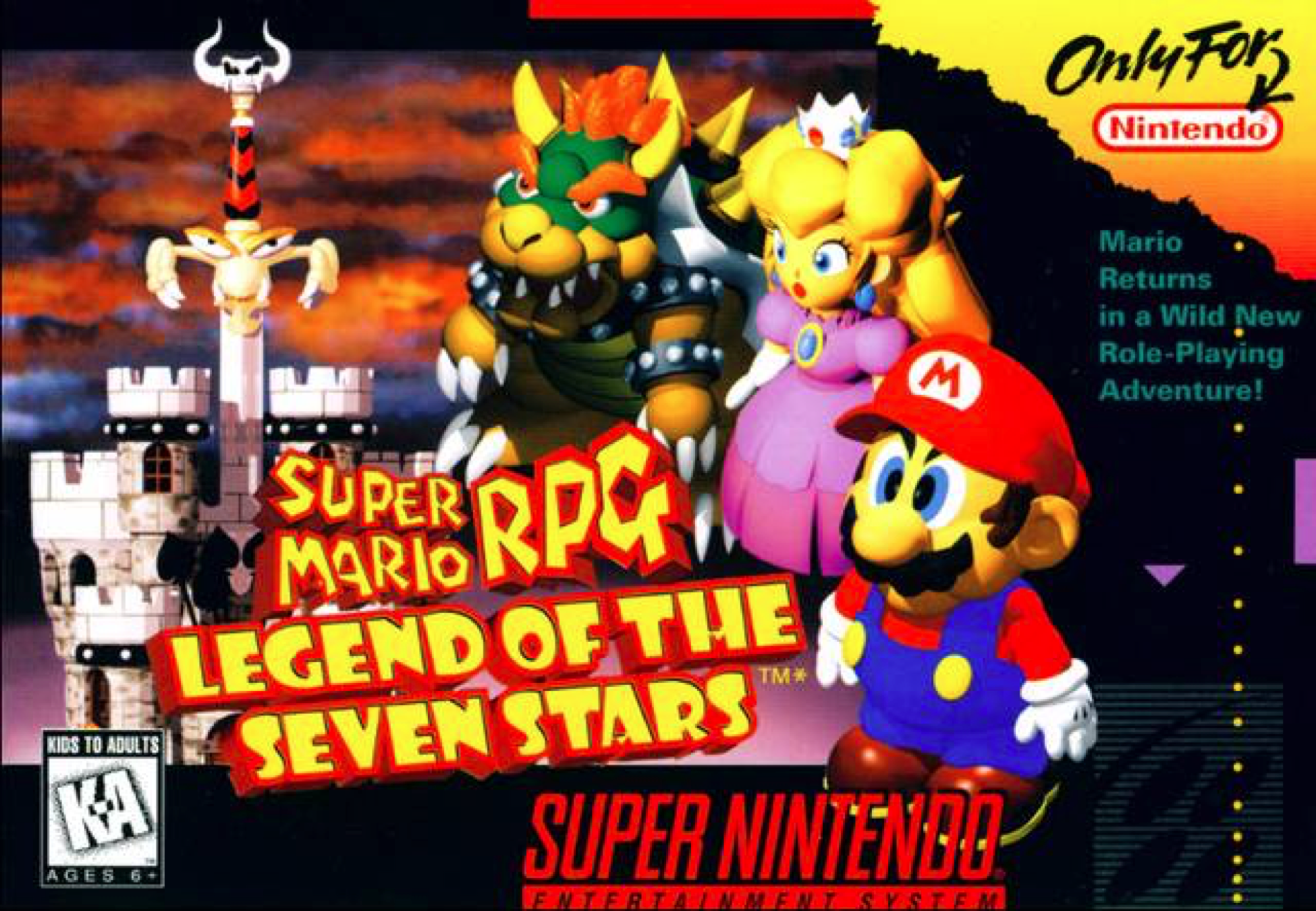
I owe a lot to SUPER MARIO RPG: LEGEND OF THE SEVEN STARS. Sure, the original LEGEND OF ZELDA was an awakening for my love of mystery, my constant desire for knowledge, and an occasional itch to go outside; but where Zelda marked a beginning for me, Squaresoft and Nintendo’s collaboration signified a pivotal point in my gaming career: the moment in which I fell into an undying love with the role-playing genre.
Despite tossing everyone’s favorite plumber completely out of his element, SMRPG was an unabashed success—it mashed up platforming and RPG conventions exceptionally well, highlighting both Nintendo and Square’s strengths without displaying any notable weakness. It’s a perfect balance of old and new, a harmonious hybrid that appeals to neophytes and seasoned genre vets alike with some fresh gameplay quirks, an absolutely enchanting soundtrack, and all of the charm and humor one would expect from a fantasy adventure starring a chunky little plumber.
It’s of particular significance that SUPER MARIO RPG retained a lot of what made Mario, well, himself—specifically, the platforming elements he built Nintendo’s empire upon. It sounds silly to say, but I can’t really think of an RPG that utilized volume in its maps quite like MARIO RPG did; moving platforms, jumping puzzles, and hidden treasure blocks pervade the game’s colorful, detailed isometric 3D zones. In fact, SMRPG brought with it a level of interactivity that RPGs had largely been content with eschewing. Battles are avoidable a la CHRONO TRIGGER, with enemies showing up on field maps instead of random encounters, making the overall pacing of the game much easier to manage. In battles, players are encouraged to pay attention to “timed hits,” which can vastly increase or reduce the amount of damage given or received. It’s no surprise that most of the gameplay conventions that set SMRPG apart were reused in games like MARIO AND LUIGI: SUPERSTAR SAGA and PAPER MARIO: THE THOUSAND-YEAR DOOR; by engaging players with minigame-like mechanics both in regular battles and its unique boss fights, it kept gameplay from getting dull, something a lot of classic turn-based RPGs sorely needed.
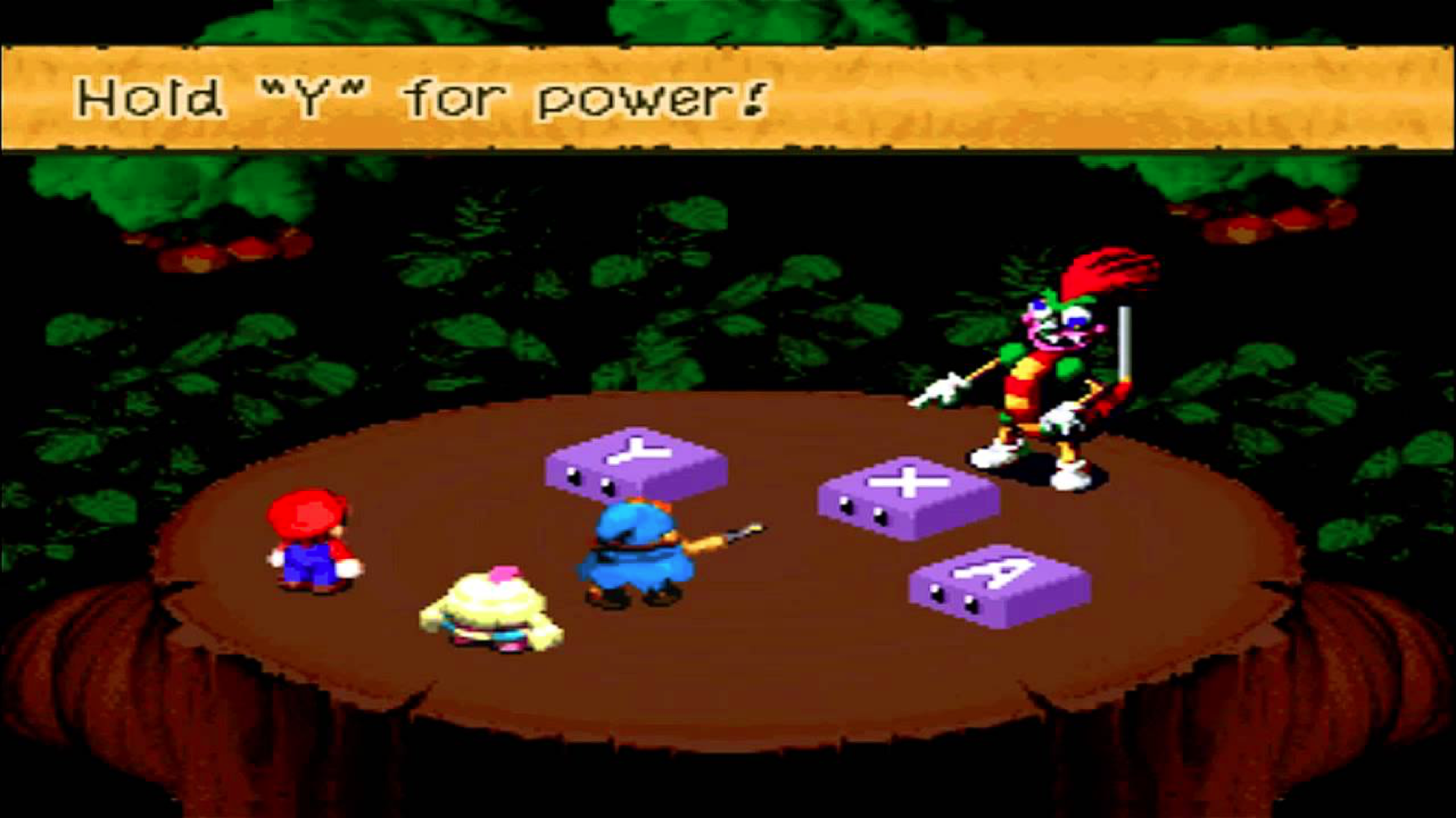
Can’t imagine a fight with a sentient bow who locks your buttons being dull, after all
SUPER MARIO RPG’s story is equally sharp and wacky, ditching the outlandish humor of titles like EARTHBOUND for zany antics and unlikely alliances that feel like they came straight from an eighth grader’s fanfiction project. During yet another attempt to rescue Princess Peach from Bowser’s Keep, a gigantic earthquake rocks the castle and scatters Mario and the others across the Mushroom Kingdom. A gigantic sword drops from the sky, smashing a giant star into seven pieces before planting itself directly in Bowser’s abode and overrunning the kingdom with baddies calling themselves the Smithy Gang. It’s left up to Mario and his ragtag party of faces both familiar and foreign to reassemble the star pieces and rid the Mushroom Kingdom of the Smithy Gang before the wishes of its denizens stop coming true. If it all sounds like serious setup, let me clarify—it’s anything but. SMRPG is jam-packed with goofy humor from villains and allies alike, numerous fourth wall breaks, and Nintendo cameos; the game downright refuses to take itself seriously at any particular juncture. Even long bits of exposition are punctuated by jokes and slapstick gags, usually involving one character or another (typically silent protagonist Mario) acting out in charades what’s being explained. Despite being mostly straightforward, the story and dialogue still hold a few surprises in store for anyone who’s actually paying attention, and it’s entertaining enough to carry players from one scene to the next. (It’s particularly funny to see Bowser being played for laughs as a sad sack who lost his castle to the bigger bads.)
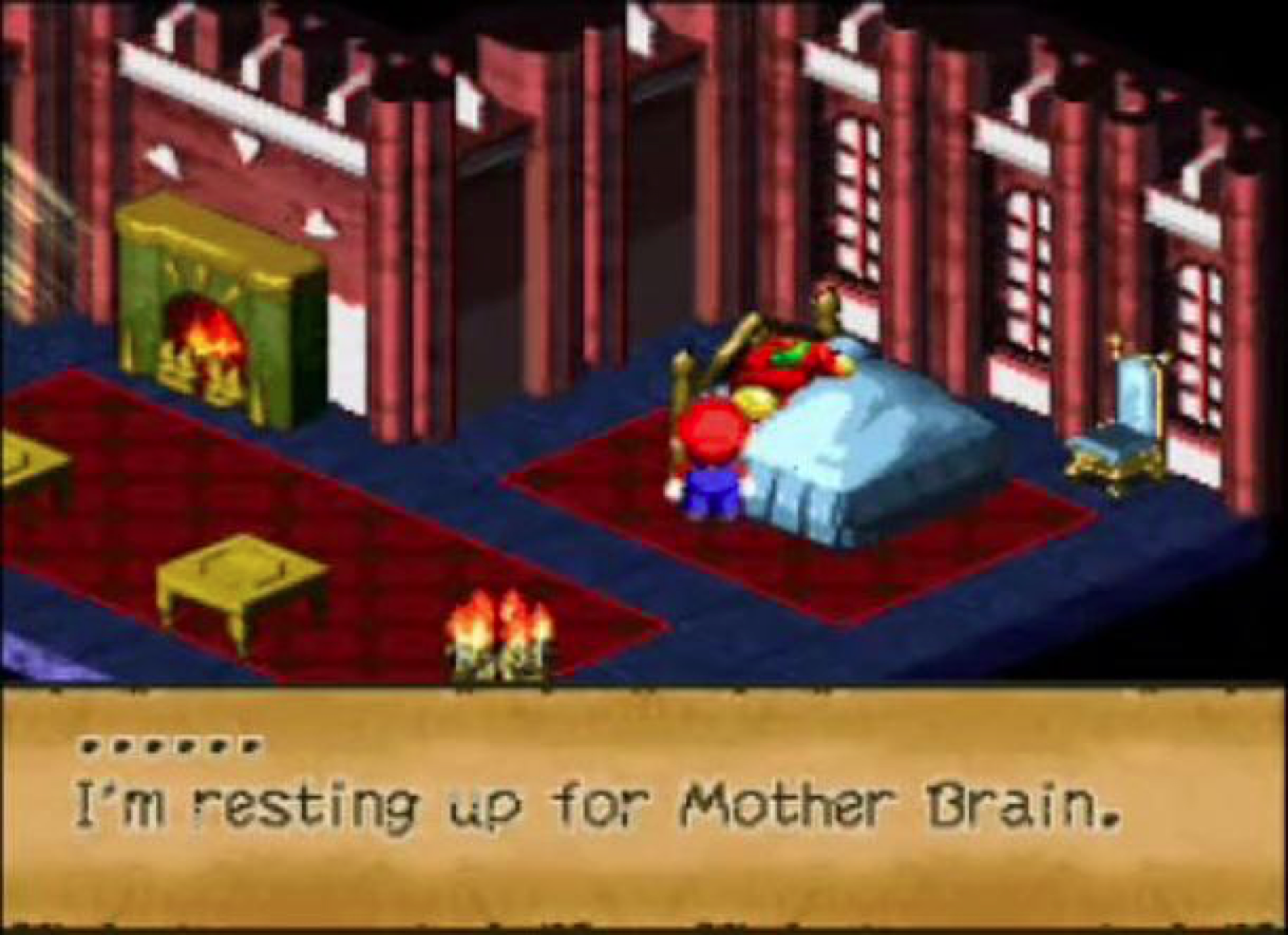
Samus apparently just needed some time off before she returned
Come to think of it, actually, if there’s one thing Square and Nintendo were dead serious about, it’s SUPER MARIO RPG’s music. Fresh off of her work with Capcom on STREET FIGHTER II, now-legendary composer Yoko Shimomura was tasked with the creation of the game’s undeniably phenomenal soundtrack. Her work encompasses a full range of tension and emotion, from the hypnotizing “Beware the Forest’s Mushrooms” to the cheerful “Hello, Happy Kingdom,” and Shimomura herself credits her work on SMRPG as one of the turning points in her career. “Beware,” in particular, is a fan-and-personal-favorite with a mysterious, meandering melody that is sure to get stuck in anyone’s ears for a while after listening to it, especially while wandering through the Forest Maze it plays in.
https://youtu.be/abDCsQrDLTE
It’s truly impressive that SUPER MARIO RPG’s legacy seems to have resonated throughout gaming history since; Shimomura became one of the industry’s most beloved composers, Nintendo realized there was a market for quirky Mario role-playing adventures, and even Squaresoft continued its upward trend towards becoming a gaming titan. Fan-favorite character Geno was so popular, Nintendo acquiesced (sort of) to fan demand to include him in SUPER SMASH BROS. by releasing a downloadable Mii costume of his likeness. SMRPG represents an instance in which both of the big-name developers attached to a title had a very marked influence on how the game would look and feel, leaving a solid impression on an already-spectacular system like the SNES. I already know I won’t forget it, but with the way Nintendo re-releases it every couple of years, I don’t think that’s ever going to be much of a problem.
SUPER MARIO RPG: LEGEND OF THE SEVEN STARS is available on SNES, Wii, Wii U, and the SNES Classic.

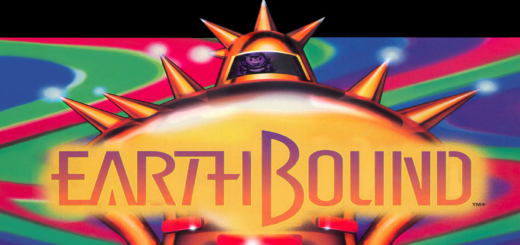
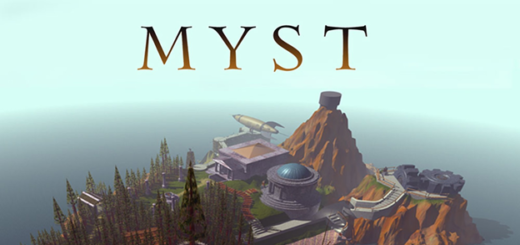
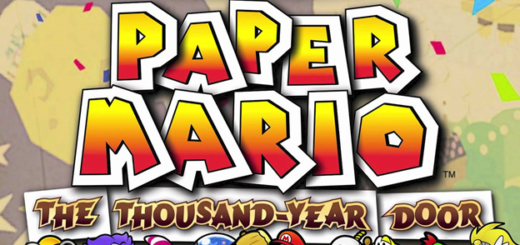
1 Response
[…] inclined to say the reason behind this is the story that the game tells. Save for the likes of SUPER MARIO RPG and others in the Paper Mario Saga, THOUSAND-YEAR DOOR is one of the few Mario titles to actually […]